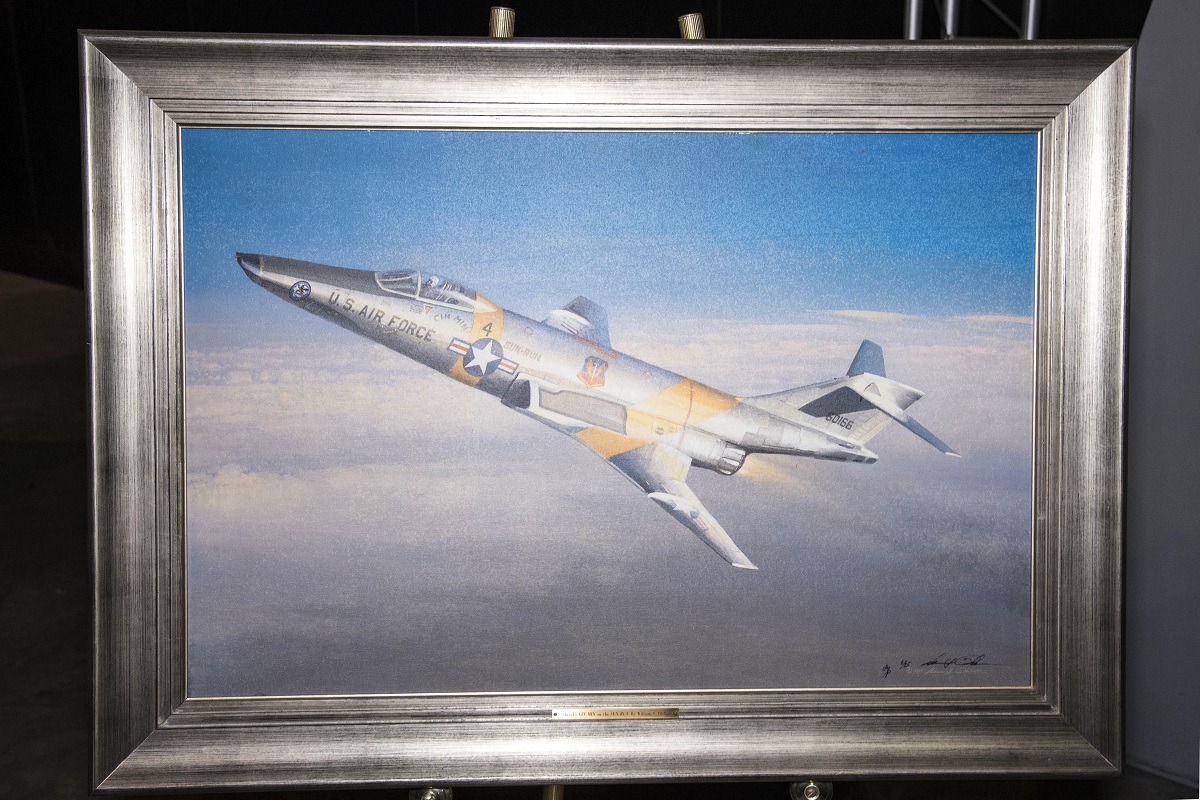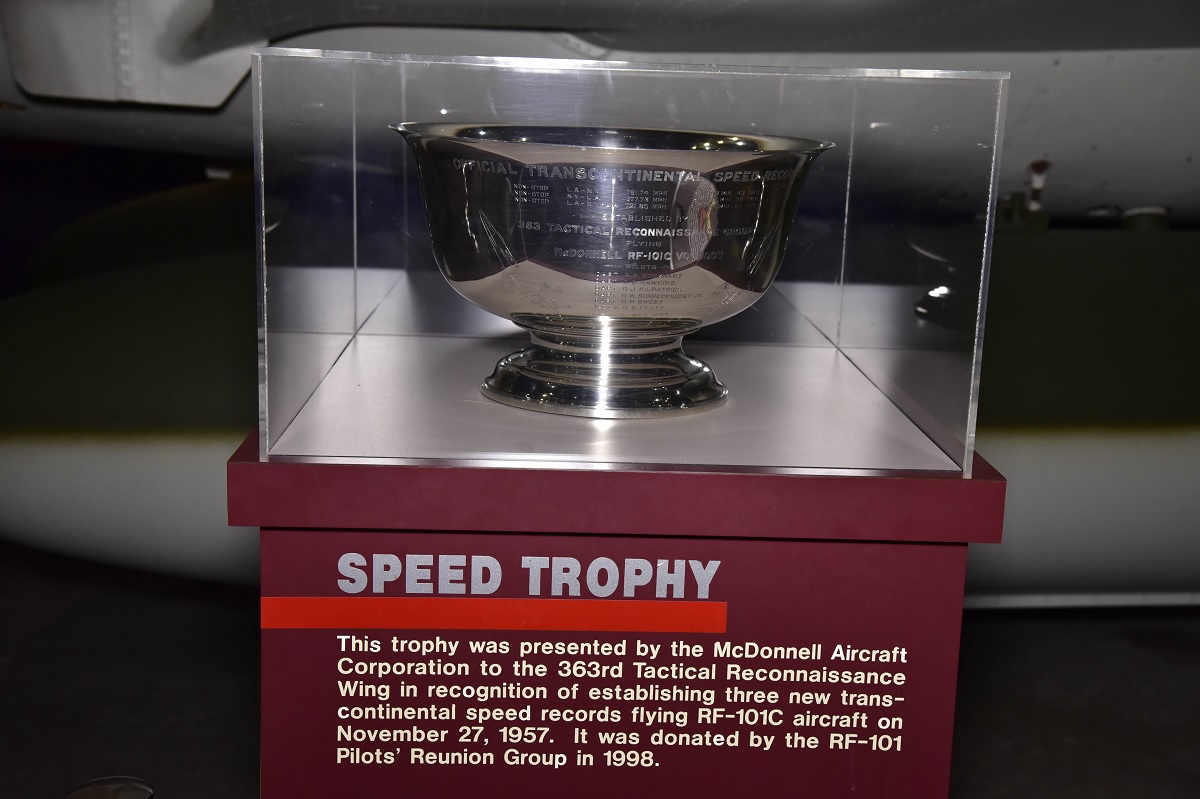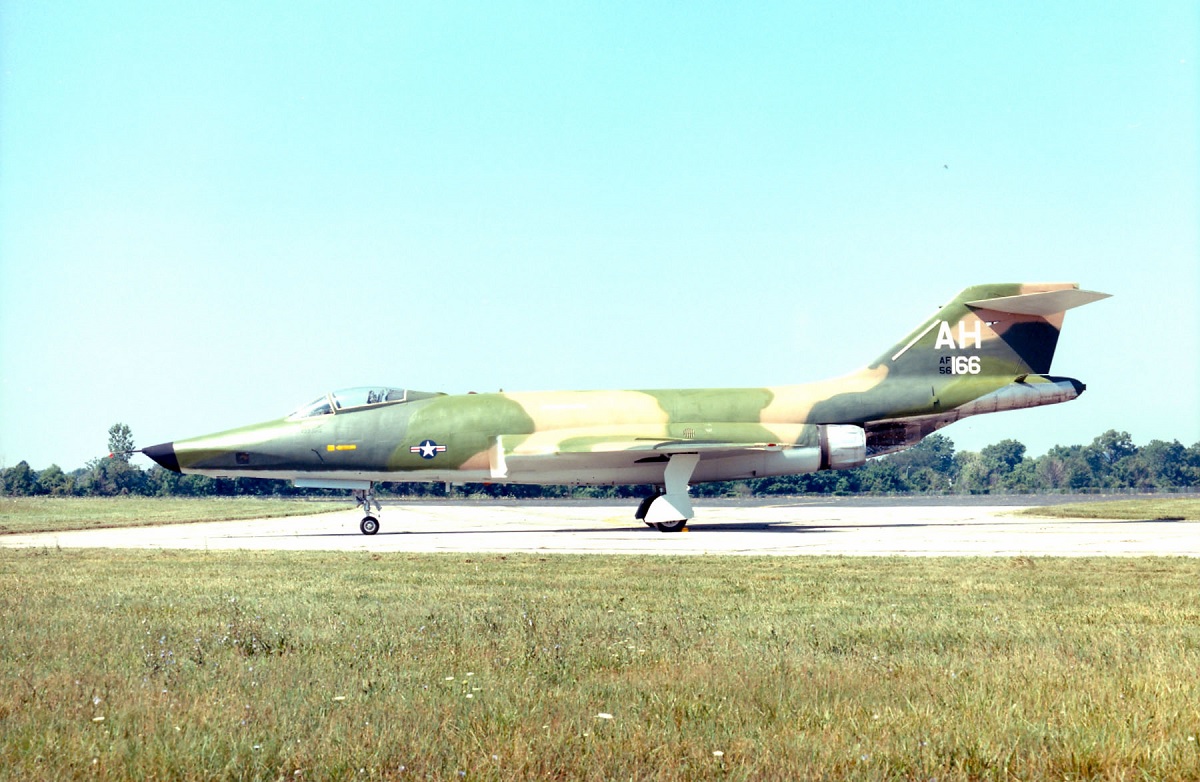Two Voodoos had to fly the one-way trip from Los Angeles to New York, while two RF-101s had to make the roundtrip journey from Los Angeles to New York and back
Operation Sun Run was conducted on November 27, 1957, by four U.S. Air Force (USAF) pilots flying a McDonnell RF-101C Voodoo aircraft and setting three new transcontinental speed records. The RF-101C, an upgraded version of the RF-101A, the first supersonic photo-reconnaissance aircraft, demonstrated its speed and range during the record-breaking flight.
Six RF-101C planes were ready to participate in Operation Sun Run: two for the round-trip flight from Los Angeles to New York and back, two for the one-way trip from Los Angeles to New York, and two as backups in case the four major planes encountered issues.
It is noteworthy that the operation needed extensive coordination of aircraft crews, radar, and weather stations from coast to coast, as described in the article Operation Sun Run.

For Operation Sun Run, six pilots from the 363rd Tactical Reconnaissance Wing’s 17th and 18th Tactical Reconnaissance Squadrons were chosen. Each pilot got ready for the round-trip flight even though they wouldn’t know to which flight they were allocated until a few days before the operation. All six of the RF-101’s six pilots had a lot of experience flying photo-reconnaissance aircraft, even though Tactical Air Command (T)AC had just recently acquired the aircraft.
However, the performance of the USAF’s first jet tanker, the recently released KC-135 Stratotanker, also played a role in Operation Sun Run’s success. The RF-101s were able to refuel at an altitude of 35,000 feet and a speed of Mach 0.8 thanks to the KC-135’s speed. Air Force Research and Development Command and Strategic Air Command (SAC) crews planned for the 26 refuelings that the Operation Sun Run RF-101Cs would need.
On the first RF-101C round-trip flight of Operation Sun Run, Capt. Ray Schrecengost departed from Ontario International Airport near Los Angeles at 6:59 a.m. on November 27, 1957.
Capt. Donald Hawkins, flying back up, and Capt. Robert Kilpatrick, flying a one-way flight, followed him. Following until the initial refueling was finished, Capt. Hawkins took off for March Air Force Base (AFB), in California. Capt. Robert Sweet departed on the second round-trip flight at 7:50 a.m. Lt. Gustav Klatt started his one-way journey after him. After the initial successful refueling, they also flew to March AFB with their backup, Capt. Robert Burkhart.

The previous speed records were easily surpassed by all four RF-101C pilots, who also set new ones. Lt. Klatt set a new record for the distance from Los Angeles to New York, clocking in at 3 hours, 7 minutes, and 43.63 seconds. Capt. Sweet set records for both the New York to Los Angeles flight and the round-trip flight, with times of 6 hours, 46 minutes, and 36.21 seconds and 3 hours, 36 minutes, and 32.33 seconds, respectively.

These pictures show an RF-101C that was a part of Operation Sun Run and is now on exhibit at the National Museum of the U.S. Air Force in Dayton. During the Cuban Missile Crisis, this Voodoo also performed crucial low-altitude surveillance flights, confirming that the offensive missile installations in Cuba were being decommissioned. Along with the 45th Tactical Reconnaissance Squadron, it served in Southeast Asia. On October 27, 1978, it was flown to the museum from Key Field, Miss., by the 153rd Tactical Reconnaissance Squadron of the Mississippi Air National Guard.
Photo by U.S. Air Force
Source: National Museum Of The U.S. Air Force

